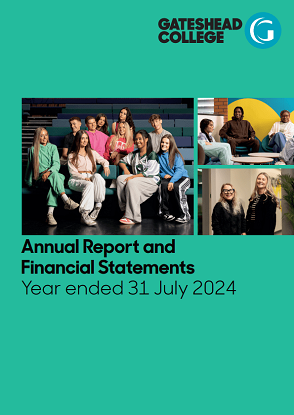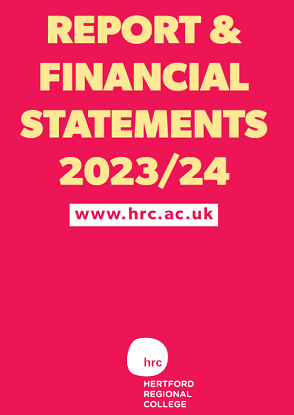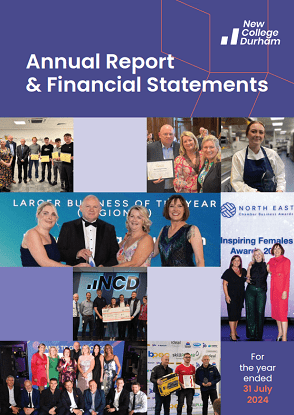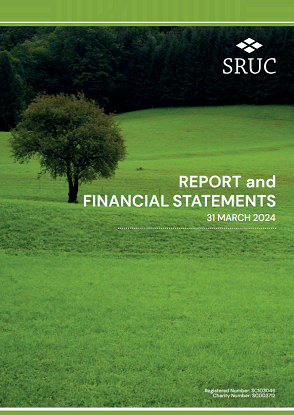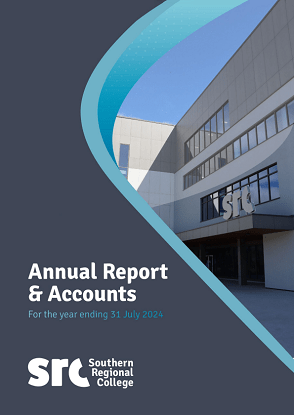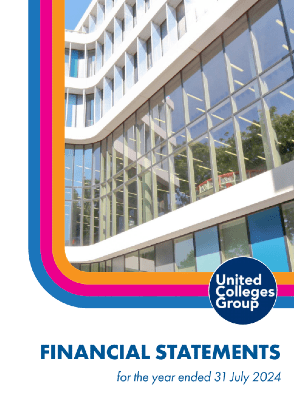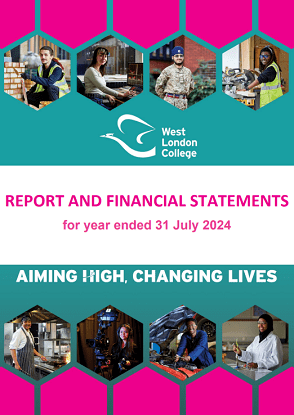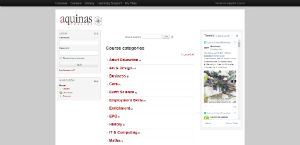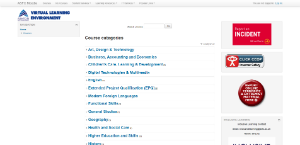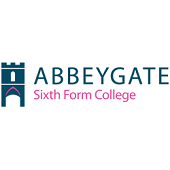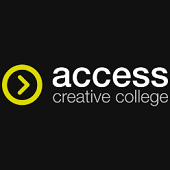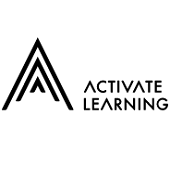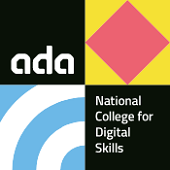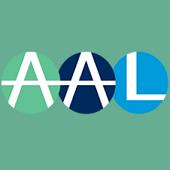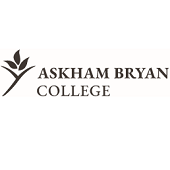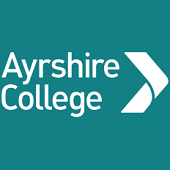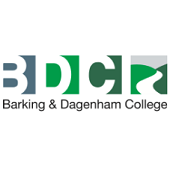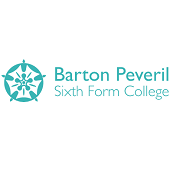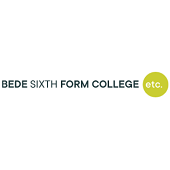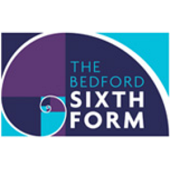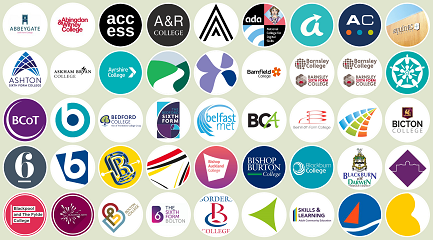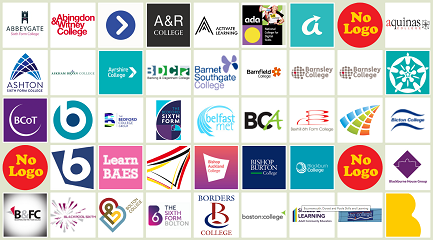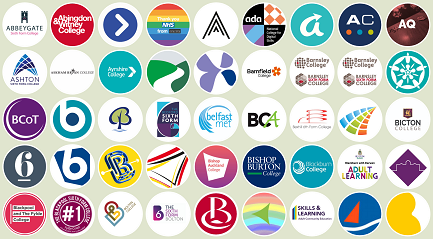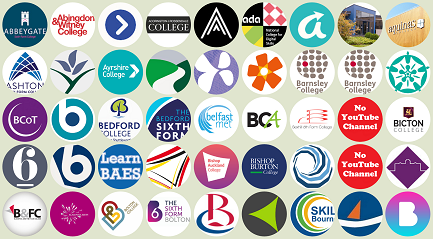The Joomla Content Management System (CMS) is one of about 60 free/permissive open source 60 available including Learning Management Systems. Most are written in PHP, an open source general-purpose scripting language, but there are lots others written using ASP.NET, CFML, Java, JavaScript, Perl, Python, and Ruby on Rails.
Superfluously to the many great free open source CMSs there are lots of commercial proprietary Website Builder Tools provided by hosting providers such as 1&1, BigCommerce, BuilderEngine, Cabanova, Duda, Dunked, Easy WebContent, GoDaddy, IM Creator, Jimbo, Mobirise, Moonfruit, One.com, PrestaShop, Shopify, Silex, Squarespace, Strikingly, Webflow, Webnode, Webs, Weebly, and Wix.
 The difference between a CMS and site builder is made clear the extension directories. The Joomla Extensions Directory (JED) is packed with nearly 8,000 free and commercial additions to the functionality built into Joomla. This site's contact form, the accordion slider used in this article, and the Joomla Content Editor are all free and are all available in the directory.
The difference between a CMS and site builder is made clear the extension directories. The Joomla Extensions Directory (JED) is packed with nearly 8,000 free and commercial additions to the functionality built into Joomla. This site's contact form, the accordion slider used in this article, and the Joomla Content Editor are all free and are all available in the directory.
In addition to the Extensions Directory there is the Joomla24 free Templates Directory. Templates make designing a website straightforward with pull down options, text boxes for values including size and colour, and modular ordering and locating of content; on the left, right, bottom, 1st, 2nd, 3rd, etc. Templates use a good range of frameworks: Bootstrap, Foundation, Helix, Gantry, Gavern, JV, T3, Vertex, Warp, Wright, XTC, and Zen Grid. Each uses different user interfaces to provide the same modular navigation and organisation of content. This website is built using free Helix, version 3, framework template WT Lemo.
History of Joomla
In 2001 an Australian company Miro Construct launched the Mambo Content Management System (CMS) but by 2005 most of the developers had left to launch the Joomla CMS and Mia CMS. The focus for building Joomla is shown in the name of the registered owners Open Source Matters. The value of collaborative software development is that diversified independent initiatives and design perspectives maximises the availability of optimised price and quality, and the likelihood of developing new solutions to multiple simultaneous goals (Polytely).
There have been three versions of Joomla so far and a new fourth version has been trailed from early 2017. Numbering has been simplified with beta versions being .0.0 e.g. 2.0.0 and 3.0.0 and finished versions titled .5 e.g. 2.5.0 and 3.5.0. Versions between these will be in order but will then jump to the next beta or finalised version completed beta e.g. 2.5.28 became 3.0.0 and potentially 3.7.0 (25 April 2017) could become 4.0.0.
Resources and Learning Materials
There are a huge number of books, videos, forums, and online guides to using Joomla as a website administrator and as a developer. The are also an even larger number of resources and learning materials in the associated subjects - HTML, PHP, Google Analytics, marketing, content creation, enterprise tools and management.

